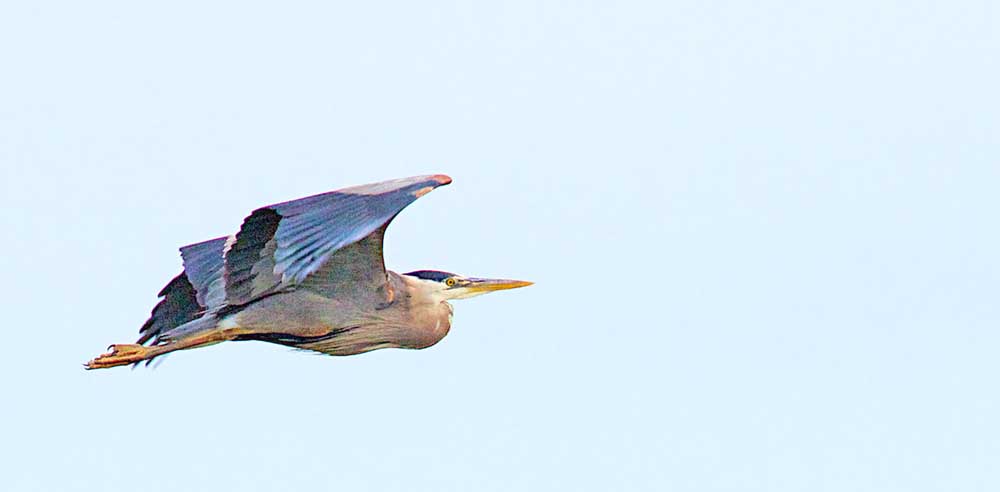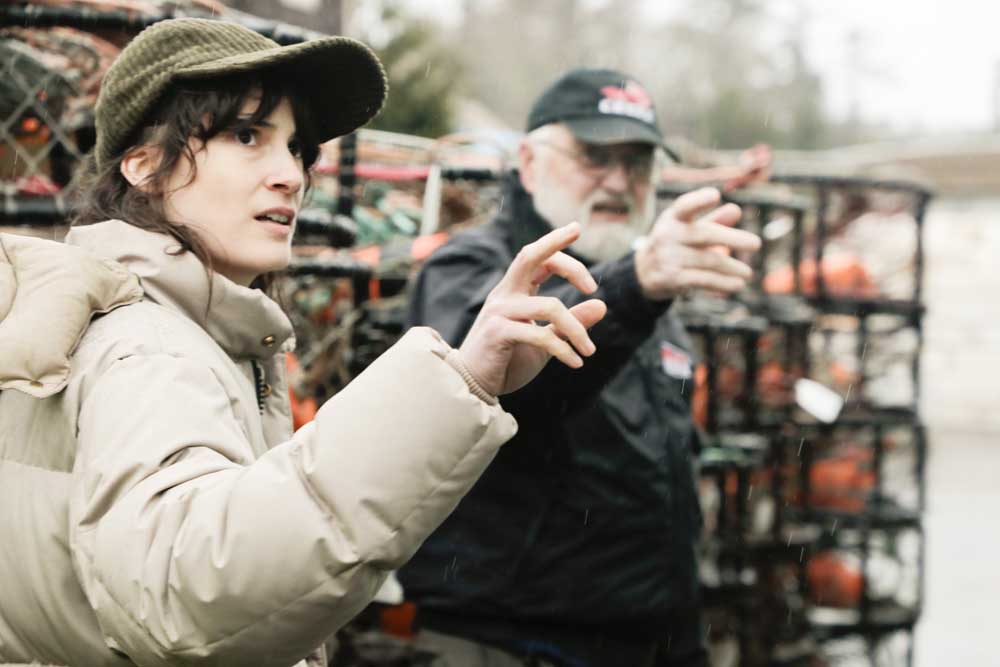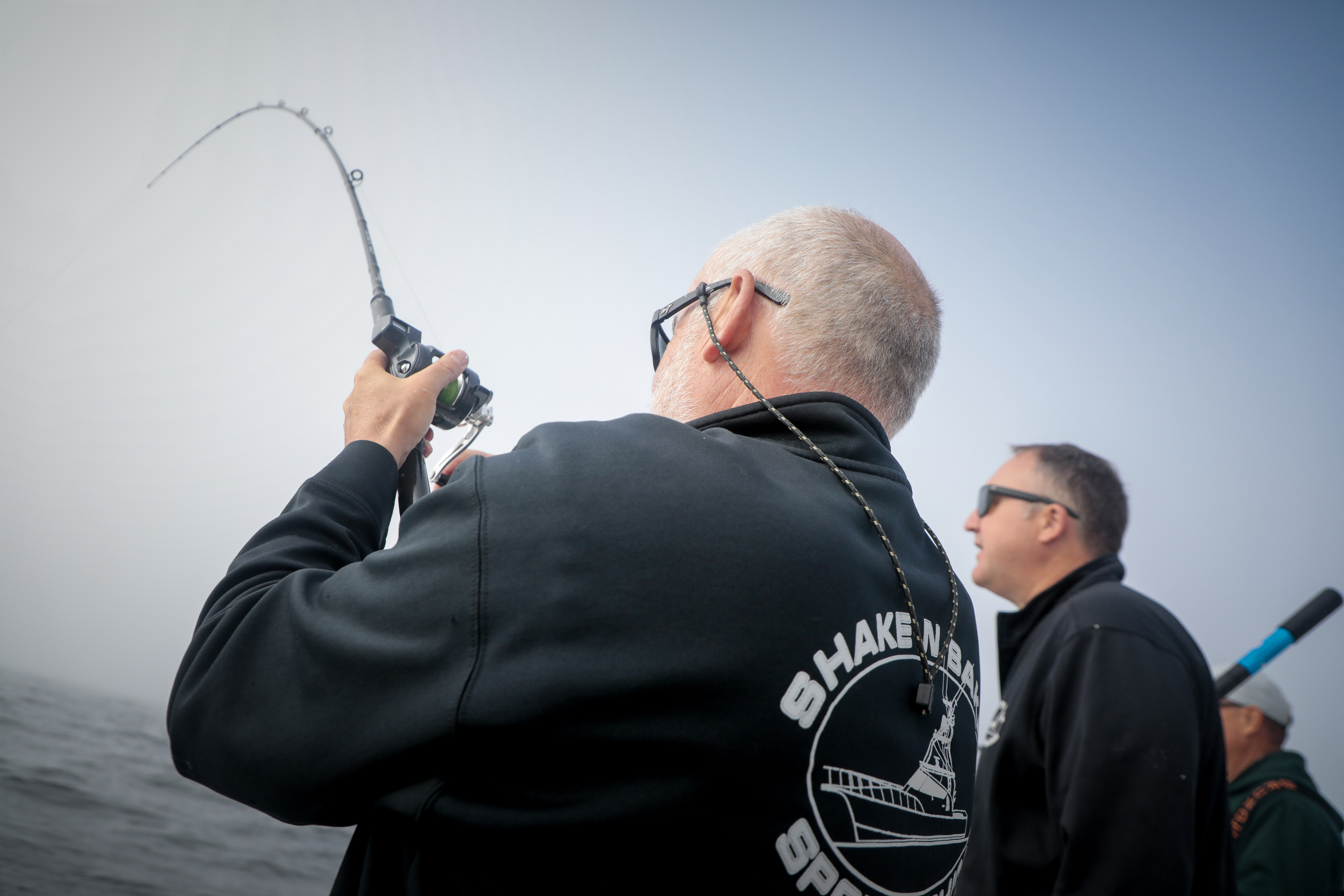Birding: Stalking the wetland on golden pond with the ‘Great Blue’
Published 9:25 am Tuesday, December 24, 2019

- Great blue herons have long legs and goofy looking feet with long, special toes adapted for wading.
On this day as the king tides develop, the water comes closer to the house, and so too do the water birds and waders. It is time to enjoy being lakeside or on golden pond for a few days. The sun rose this morning warming up the chilly air and as such encouraged the frogs to sing low croaking notes from their hiding places in the wetland. This is good news for the great blue heron! It has moved in to stalk these tasty morsels. I am sure it is hoping for a tasty brunch.
Trending
The great blue is a wader. It is about four feet tall, has a wingspan of about seven feet and weighs about five pounds. It is our largest and heaviest heron. It is armed with a long spear-like beak for foraging and special toes for wading in wetlands and the like. Its legs are long and three of its very long toes point forward, while the fourth one points backwards, and there is a bit of webbing between some of them. These special feet characteristics lessens its footprint or pressure on anything it stands on as it moves through the wetland. You can be sure that it won’t sink down into the vegetation.
I watched as a great blue heron with slow and steady wing beats silently descended onto the edge of the wetland where it stayed as quiet as a church mouse, staring at the water, just waiting for that give away movement that indicates something tasty is nearby. After staying stock still for what seemed like forever, it slipped in behind the grasses and reeds as if to hide itself from the prey it was seeking. Brunch is important in the life of this wader.
This is a good time to watch great blues. They are in the fields, wetlands and in any open shallow water habitat. Foraging birds usually stand tall and still. You can’t miss them. It is a good opportunity to watch their special foraging behavior. I have seen them when they are about to swallow or gulp down a vole, a small fish, a frog or a snake. It is most interesting to witness!
Trending
Here in the yard, the frogs have been croaking for a few days now. Will the Great Blue heron notice? You can bet it will! As I watched, it moved slowly out from behind the reeds, and with purpose, toward a tiny ripple, and then plunged its spear-like beak into the water. Success! It had at least gotten an appetizer.
Common Birds of the Long Beach Peninsula by Kalbach and Stauffer is available from the Chinook Observer, Bay Avenue Gallery, Time Enough Books and the Long Beach Peninsula Visitors Bureau.









